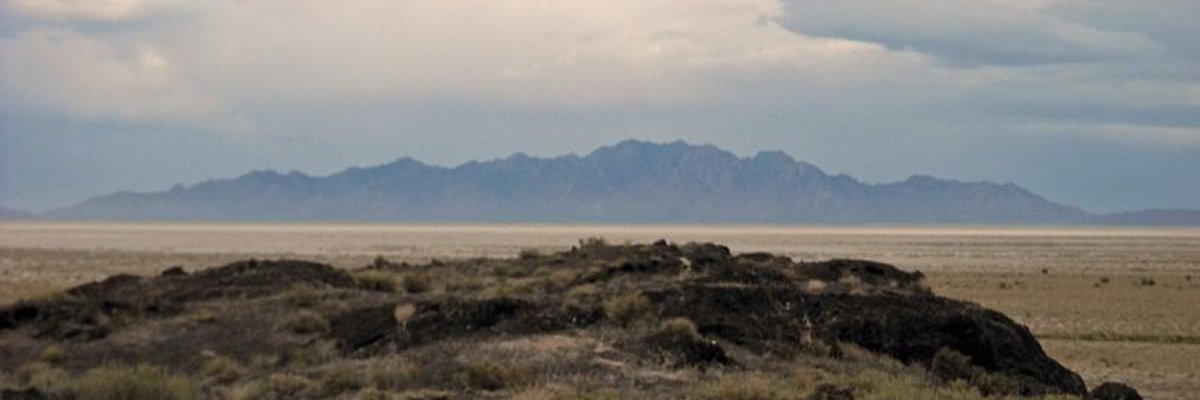In 1941, the US Army decided it needed a remote testing site to develop and test experimental, chemical-based weapons, some place far away from civilians and, perhaps more importantly, the opportunity for enemies to see what the Army was building.
The Dugway Proving Ground was born: 1,252 sq mi. in the Great Salt Lake Desert of Utah, giving the Army a test playground roughly the size of Rhode Island to experiment.
And experiment they did: Dugway became a clearinghouse for tests of biological and nerve agents, projects involving insects as deployment agents and sleeping darts.
In 1968, one of those tests went awry, killing 3,843 sheep that were grazing 30 miles away. Known as the Dugway Sheep Incident, it took over 30 years for the military to admit that it was at fault, tracing the deaths back to experiments with the VX nerve agent.
A 1994 GAO report concluded that it is simply “unknown how many people in the surrounding vicinity were also exposed to potentially harmful agents used in open-air tests at Dugway.”
In 2015, Dugway was again in the news when it accidentally shipped live Anthrax samples to labs across the country.
But relatively little is known about the experiments at Dugway: The Proving Grounds keeps a tight lid on its operations, and, being in the middle of the Utah desert, it’s easy to forget about.
That can change. Dugway responded to a FOIA request for their technical reports generated between 1961 and 1965 with 2,321 pages of report listings, many with intriguing titles:
- Study of Incapacitating Darts. (Report BAT-171-31)
- Protection of Guinea Pigs Against GD by Sodium Pentobarbital and Atropine Sulphate. (SES-TP-308)
- Aircrew Collective Protection. (ATL-TR-65-56)
At about 4.5 reports listed per page, that’s a lot to go through (about 10,000 total), but given Dugway’s known history, there’s sure to be many worthwhile reads in there.

One set I’m interested in: The reports on Project Bellwether, in which the Army dropped millions of mosquitoes in towns in America to study how the mosquitoes spread and how often they bit.
The file from 1963 has been embedded below, and the rest can be found on the request page. Find anything interesting? Let us know at info@muckrock.com, or clone your own request.
Image by David Jolley via Wikimedia Commons and is licensed under CC BY-SA 3.0




